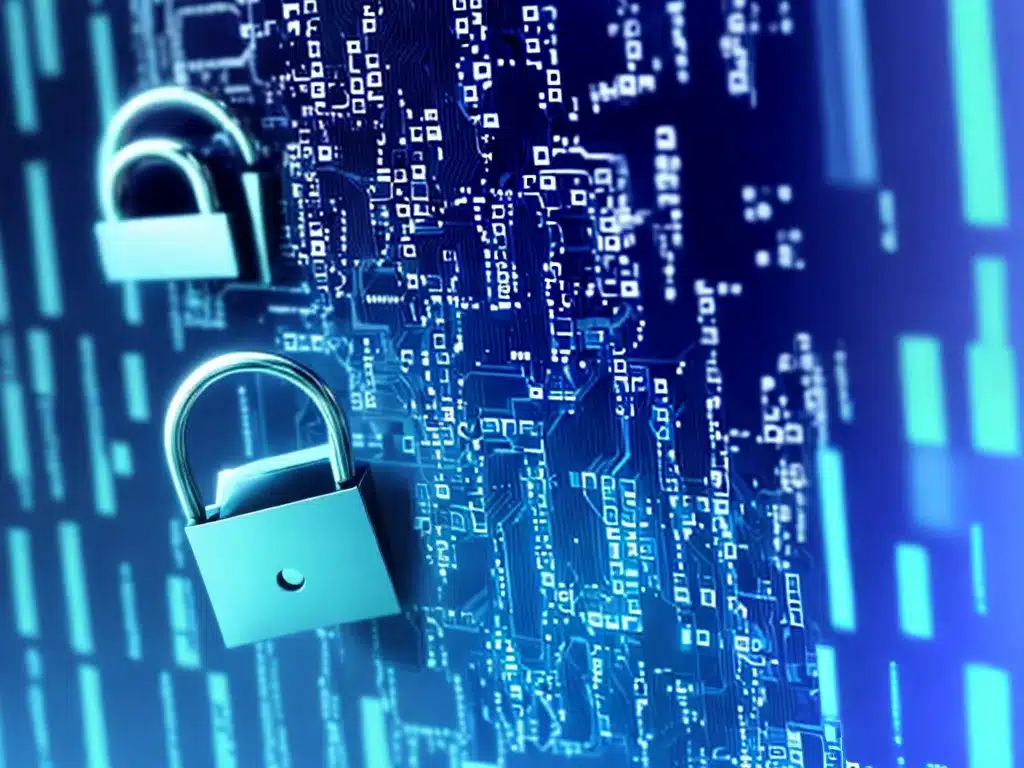
Data Breaches Are on the Rise – How to Protect Yourself
Data breaches have unfortunately become increasingly common in recent years. As cybercriminals get more sophisticated, companies and organizations struggle to keep personal data secure. This puts consumers at risk of having their sensitive information exposed or stolen. However, there are steps you can take to help protect yourself from the impacts of data breaches.
Be Proactive About Monitoring Your Accounts
One of the best things you can do is be vigilant about monitoring your financial accounts and credit reports. This allows you to spot any suspicious activity quickly. Here are some tips:
-
Check your credit card and bank statements regularly. Look for any charges you don’t recognize. Report unauthorized transactions immediately.
-
Enroll in text or email alerts from your credit card company and bank so you’re notified of important account activity.
-
Get a free copy of your credit report from each of the three major credit bureaus every 12 months. Review the reports closely for errors or accounts you don’t recognize.
-
Consider signing up for a credit monitoring service. These services alert you whenever key changes occur with your credit reports and scores.
Being proactive helps limit the damage if your data is exposed in a breach. The sooner unusual activity is detected, the quicker it can be addressed.
Use Strong Passwords and Enable Two-Factor Authentication
Strong passwords are one of your main defenses. Avoid common or obvious passwords that are easy to guess. Instead, use long passphrases with a mix of letters, numbers and symbols.
You should also turn on two-factor authentication (2FA) whenever possible. With 2FA enabled, you need your password plus a secondary step, like a code sent to your phone, to log in to an account. 2FA adds an extra layer of security, so even if your password is compromised, your account is still protected.
Key Takeaway: Use unique, complex passwords and enable 2FA to make your accounts much more secure.
Be Wary of Phishing Scams
Cybercriminals often take advantage of data breaches by using stolen information to conduct targeted phishing scams. Watch out for calls, emails or texts related to a real company you deal with, such as your bank, asking you to verify account information.
Here are some tips for identifying phishing attempts:
-
Check the sender’s email address or phone number. Scammers often use slight variations of legitimate business names.
-
Look for poor spelling and grammar. This is a red flag you’re not dealing with a real company.
-
Don’t click on any embedded links. Go directly to the company’s website through your browser if you need to access your account.
-
Never give out your password or other sensitive data. Legitimate businesses won’t ask for this over the phone or in an email.
Be wary of unsolicited communications asking for personal information or urging you to take immediate action.
Limit What Information You Share Online
Something else you can do is be very selective about sharing personal information online, even on social media. Cybercriminals can take advantage of even basic details like your birthday or hometown to guess passwords or gain access to accounts.
Here are a few general guidelines:
-
Be wary of submitting sensitive info on websites until you verify they use encryption and are reputable.
-
Avoid oversharing personal details like your address or date of birth publicly on social media.
-
Only connect with people you know. Be cautious about accepting invites or following links from strangers.
Be Cautious When Using Public Wi-Fi
Public Wi-Fi networks at coffee shops, hotels and airports are often not very secure. Connecting to them on your phone or laptop can potentially expose your browsing activity and data. To stay safer:
-
Avoid accessing financial sites or accounts and entering passwords over public Wi-Fi.
-
Use a virtual private network (VPN), which encrypts your internet connection.
-
Turn off sharing settings like file-sharing and printer-sharing if you must use a public network.
In summary:
-
Monitor your financial accounts and credit reports closely for suspicious activity.
-
Use strong, unique passwords and turn on two-factor authentication where possible.
-
Watch out for phishing attempts aimed at stealing personal information.
-
Be selective about sharing your personal details, both online and offline.
-
Use extra caution on public Wi-Fi to keep your activity private.
Following cybersecurity best practices is key to protecting yourself in the event of a data breach. While you can’t completely eliminate the risk, you can take proactive steps to minimize your exposure by being vigilant, enabling security measures, and limiting how much of your personal information is available online. Implementing even some of these precautions can help safeguard your data and give you peace of mind.












